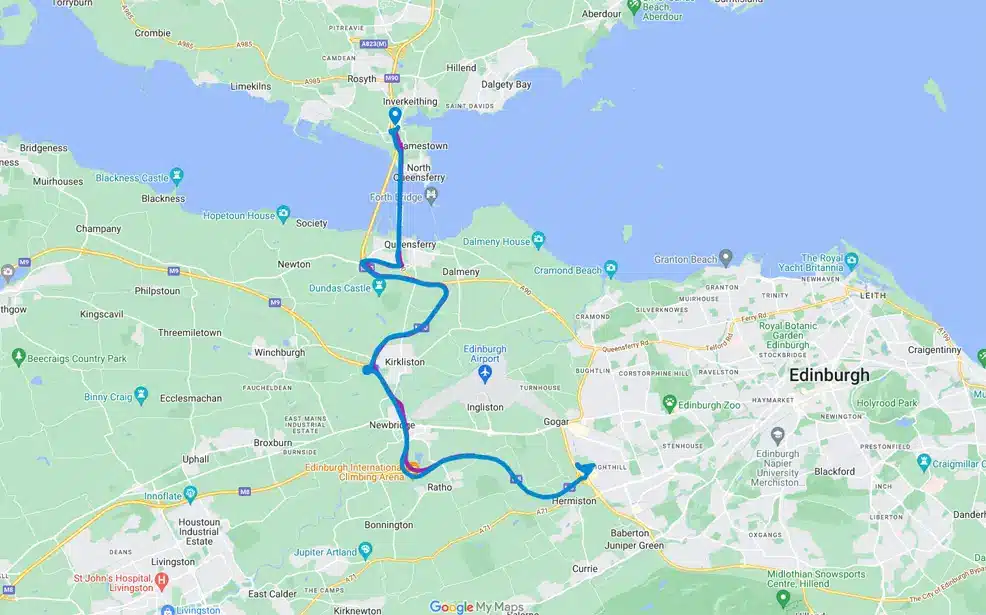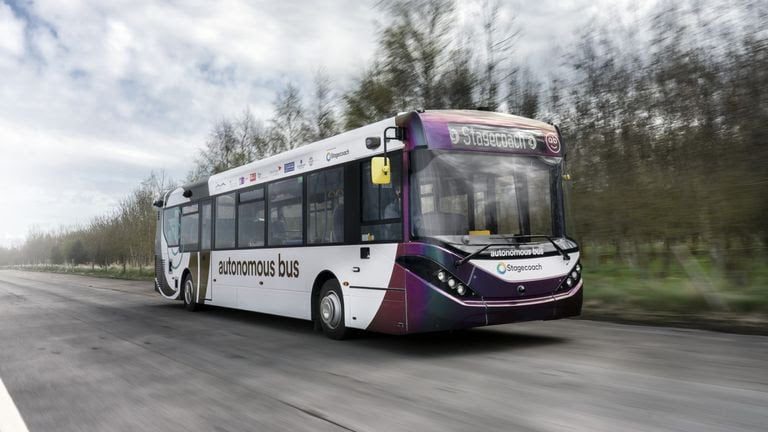Ready to take a leap into the future of public transport? On 15 May 2023, Scotland is preparing to launch the world's first autonomous public bus service, thanks to the CAVForth programme.
Autonomous and (quite) fast
CAV Forth (Connected Autonomous Vehicles) is a collaborative project between several companies and institutions, including Bristol Robotics Lab, Edinburgh Napier University, Fusion Processing Ltd and Transport Scotland, and funded in part by the UK government.
As mentioned, it will be the first service worldwide to use full-size, fully autonomous buses. Five Enviro200AV vehicles will travel a route of 23 km (14 miles) between eastern Scotland and the famous Forth Road Bridge, northwest of Edinburgh. The buses will travel at a maximum speed of 80 kilometers per hour (50 mph) and will make around 10.000 trips a week.

But are they even safe?
The question of the hundred guns. Four factors can reassure passengers of this "world first".
First: autonomous buses are level 4. This means they can drive themselves, but may be limited to specific geographic areas or weather conditions. According to: each bus will have two staff members on board ready to monitor the technology and answer traveler questions. Third: the system implemented redundancy in every critical safety mechanism, such as steering, brakes and accelerator. Bedroom: the buses will also maintain the normal driving controls, ready to switch from autonomous to manual if necessary.
There's room ahead: the next steps
Autonomous buses in Scotland come from "far away" (they have been in development and testing since 2018), but they still want to go a long way: a second route is already planned to expand the service and reach more urban areas.
As the technology of autonomous driving will mature, autonomous buses will reveal all their advantages: more safety with the reduction of human errors, less waste of fuel (with environmental benefits) and an increase in public transport.
Take a seat: the future of transport is about to start.


